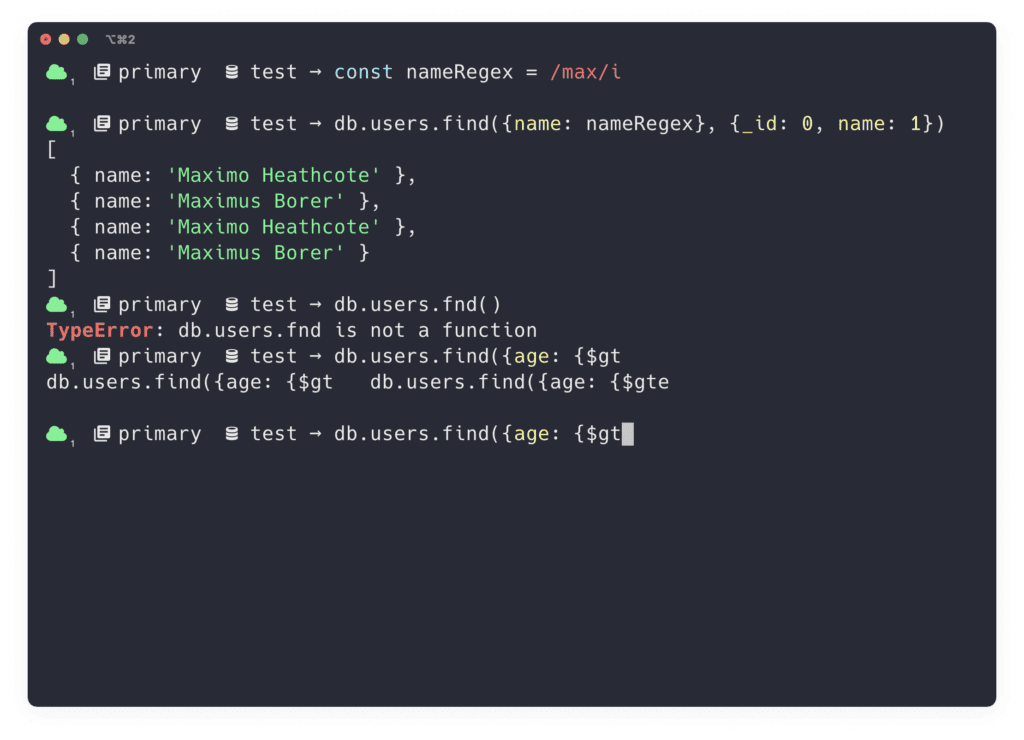Big Data and Database Management pose various challenges due to the sheer volume, velocity, variety, and complexity of data generated today. Here are some challenges and potential solutions:
Challenges:
- Volume:
- Challenge: Managing and storing vast amounts of data generated every second.
- Solution: Implement distributed storage solutions like Hadoop Distributed File System (HDFS) or cloud-based storage. Use data compression techniques and efficient storage formats.
- Velocity:
- Challenge: Processing and analyzing data in real-time.
- Solution: Implement stream processing systems (e.g., Apache Kafka, Apache Flink) for real-time analytics. Use in-memory databases for faster data access.
- Variety:
- Challenge: Handling diverse data types (structured, semi-structured, unstructured).
- Solution: Use NoSQL databases (MongoDB, Cassandra) for flexible schema handling. Employ data lakes to store raw and varied data before structuring.
- Complexity:
- Challenge: Dealing with the complexity of data relationships and dependencies.
- Solution: Utilize graph databases (Neo4j) for data with complex relationships. Employ data modeling techniques to simplify complex structures.
- Security:
- Challenge: Ensuring the confidentiality and integrity of sensitive data.
- Solution: Implement robust encryption techniques, access controls, and regular security audits. Utilize firewalls and secure network protocols.
- Data Quality:
- Challenge: Ensuring data accuracy and reliability.
- Solution: Establish data governance policies, conduct regular data quality checks, and implement data cleansing processes. Employ Master Data Management (MDM) for consistent data across the organization.
- Scalability:
- Challenge: Adapting to the increasing size of data.
- Solution: Use scalable databases like Apache Cassandra or Google Bigtable. Implement horizontal scaling and cloud-based solutions for elasticity.
- Cost Management:
- Challenge: Balancing the costs of storing and processing large volumes of data.
- Solution: Optimize data storage and processing by using cost-effective cloud services. Implement data archiving strategies to manage costs over time.
Future Trends and Innovations:
- Edge Computing:
- Utilizing edge computing for processing data closer to the source, reducing latency and bandwidth requirements.
- Machine Learning Integration:
- Integrating machine learning algorithms for predictive analytics and automated decision-making.
- Blockchain for Data Integrity:
- Using blockchain for ensuring the integrity and immutability of critical data.
- Serverless Architectures:
- Adoption of serverless architectures for automatic scaling and cost efficiency.
- Explainable AI:
- Emphasizing explainability in AI algorithms to address transparency and accountability concerns.
- DataOps:
- Implementation of DataOps practices for improved collaboration, automation, and agility in data management.
Effectively managing Big Data requires a combination of robust technologies, thoughtful architecture, and ongoing adaptation to emerging trends in the field. It’s a dynamic landscape that continues to evolve with technological advancements and changing business requirements.








